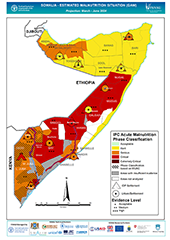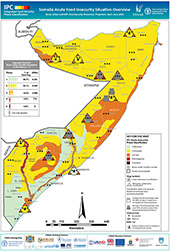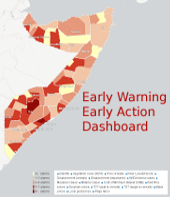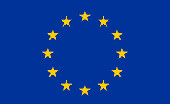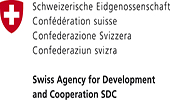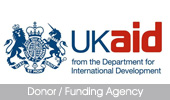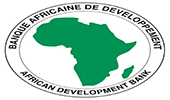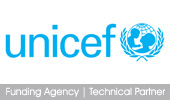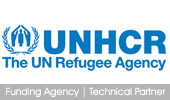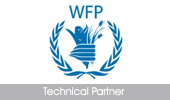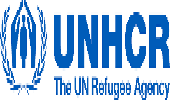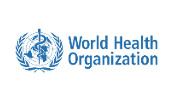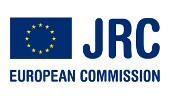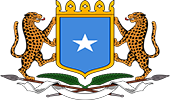Somalia drought impact intensifies as rains delay
Issued: April 27, 2011
 April 27, NAIROBI –The number of needy Somalis is set to increase as the impact of drought continues to grip the Horn of Africa country, the UN has warned. Currently, 2.4 million Somalis—32 percent of the country’s population, are in need of humanitarian assistance but with the ongoing conflict coupled with the current drought blighting crops and killing livestock, many more Somalis may fall into crisis.
April 27, NAIROBI –The number of needy Somalis is set to increase as the impact of drought continues to grip the Horn of Africa country, the UN has warned. Currently, 2.4 million Somalis—32 percent of the country’s population, are in need of humanitarian assistance but with the ongoing conflict coupled with the current drought blighting crops and killing livestock, many more Somalis may fall into crisis.
Two units of the UN’s Food Agriculture Organization; the Food Security and Nutrition Analysis Unit (FSNAU) and the Somalia Water and Land Information Management (SWALIM) report that the country could slide into an even deeper crisis due to the combination of drought, skyrocketing food prices and constant population displacement from ongoing conflict.
“The impact of the drought is affecting most parts of the country, leading to livestock deaths, and increasing food and water prices, which are making it increasingly difficult for poor families to feed themselves,†said Grainne Moloney, FSNAU’s Chief Technical Advisor.
Cereal prices continue to increase, being up to 135% higher in March 2011 compared to March 2010 in parts of southern Somalia. With the absence of sufficient humanitarian assistance in the South due to the conflict --there are fears that these populations are likely to take the worst toll of the drought. Poor households are increasingly finding it difficult to afford basic necessities and are being forced to migrate in search of food and income within Somalia and across international borders. However, given that the current drought is a regional phenomena, options may be limited.
Rains due in late March in northern regions have been inadequate to date and are leading to increased livestock deaths, and with the recent increases in cereal prices now being experienced in these areas, poor families are also struggling to meet their needs and going into crisis.
Although it’s too early to tell the outcome of the current rains, predictions already point towards a below average cereal harvest for Somali farmers, who heavily depend on rainfall and river irrigation to grow staple cereals, namely maize and sorghum . The current long rains season is the most important season for cereal production and if these rains do not perform adequately, following the crop failure last season, prices will increase even higher, out of the reach of many.
“Levels of key rivers—Shabelle and Juba-- that benefit irrigated agriculture are currently far below their historical normal levels, mainly due to failure of rains in the Ethiopian highlands which feed the rivers,†said Hussein Gadain, SWALIM’s Water Coordinator.
Somalia has been in crisis off and on since 1991, but the situation worsened in March 2007 when fighting resumed. Malnutrition rates remain some of the highest in the world, with 1 in 4 acutely malnourished in southern regions, which remain the most inaccessible for humanitarian agencies due to insecurity.
Moloney said urgent large scale efforts aimed at saving lives and protecting livelihoods are needed throughout Somalia to meet the needs of the most vulnerable and prevent loss of life.
Drought has already displaced some 50,000 Somalis within the country, according to UN estimates, while combined with insecurity and poverty, it makes Somalia one of the worst humanitarian crises in the world. Tens of thousands of Somalis are forced to flee to neighbouring countries including Kenya and Yemen every year.
